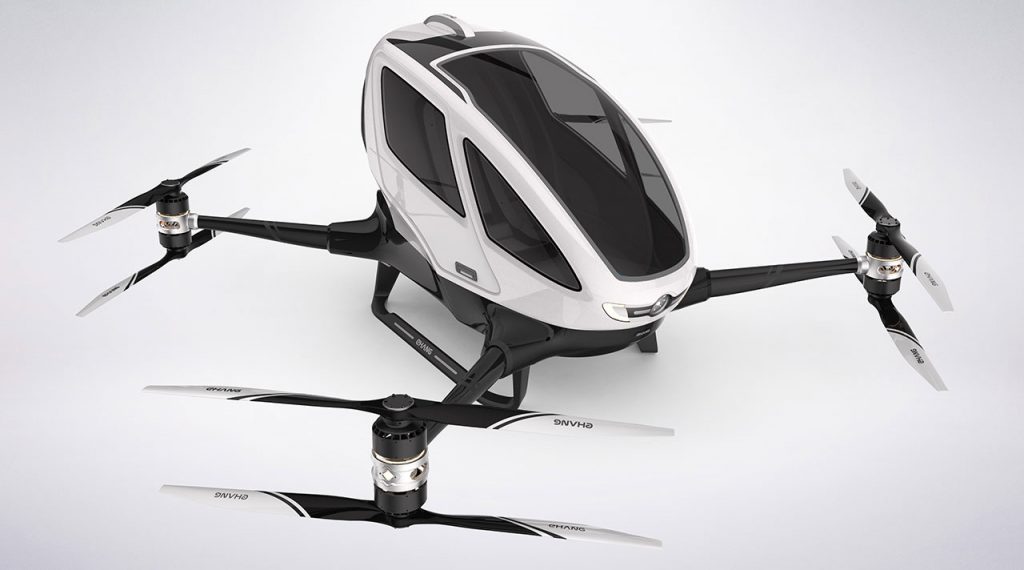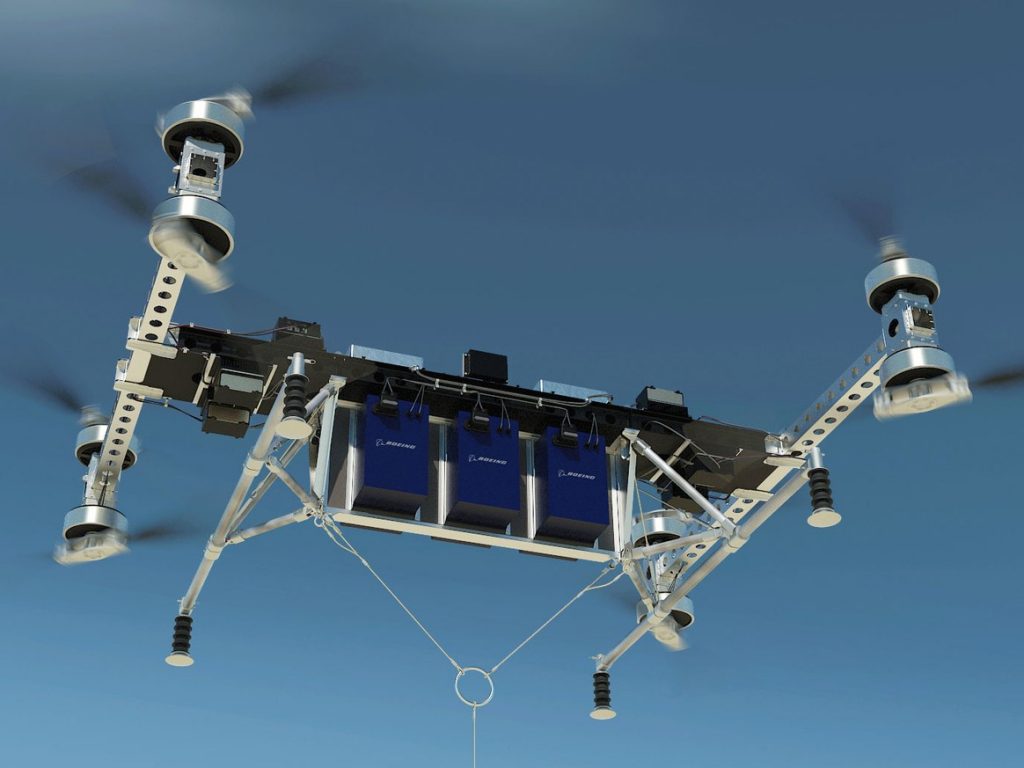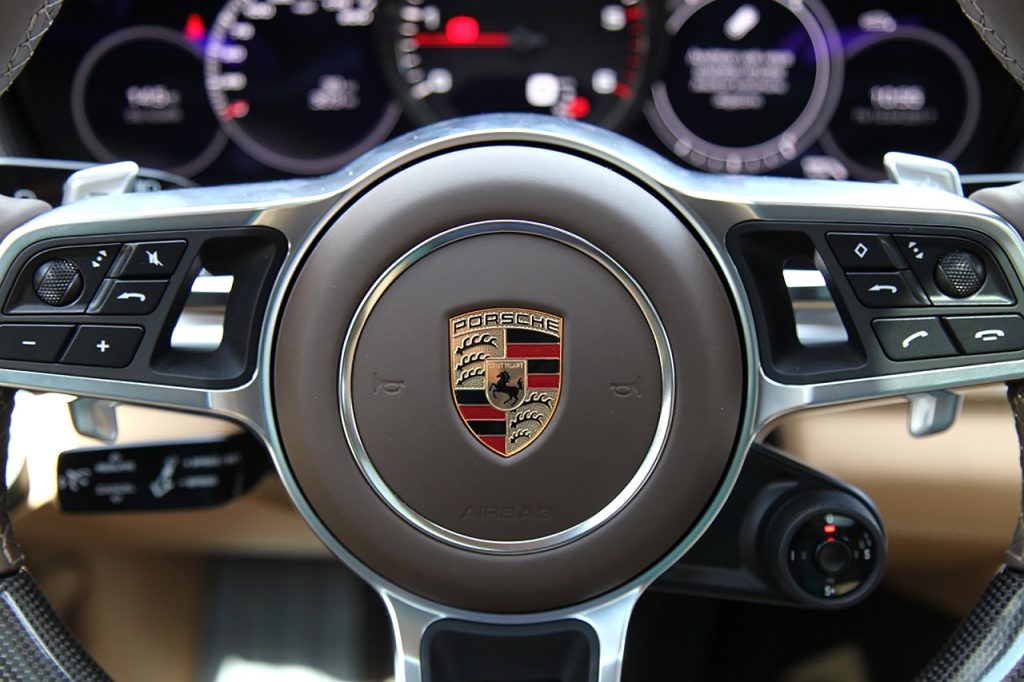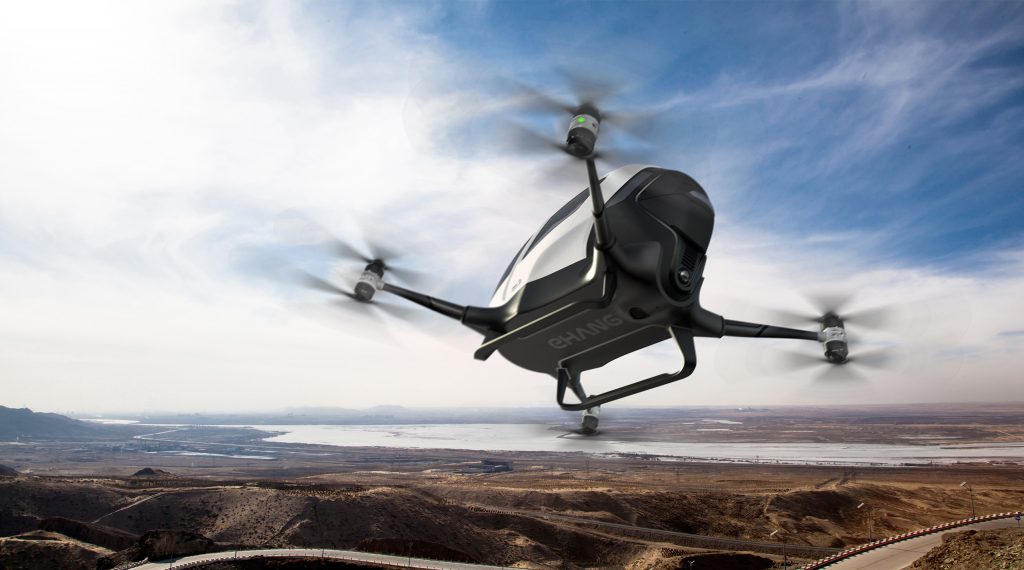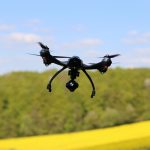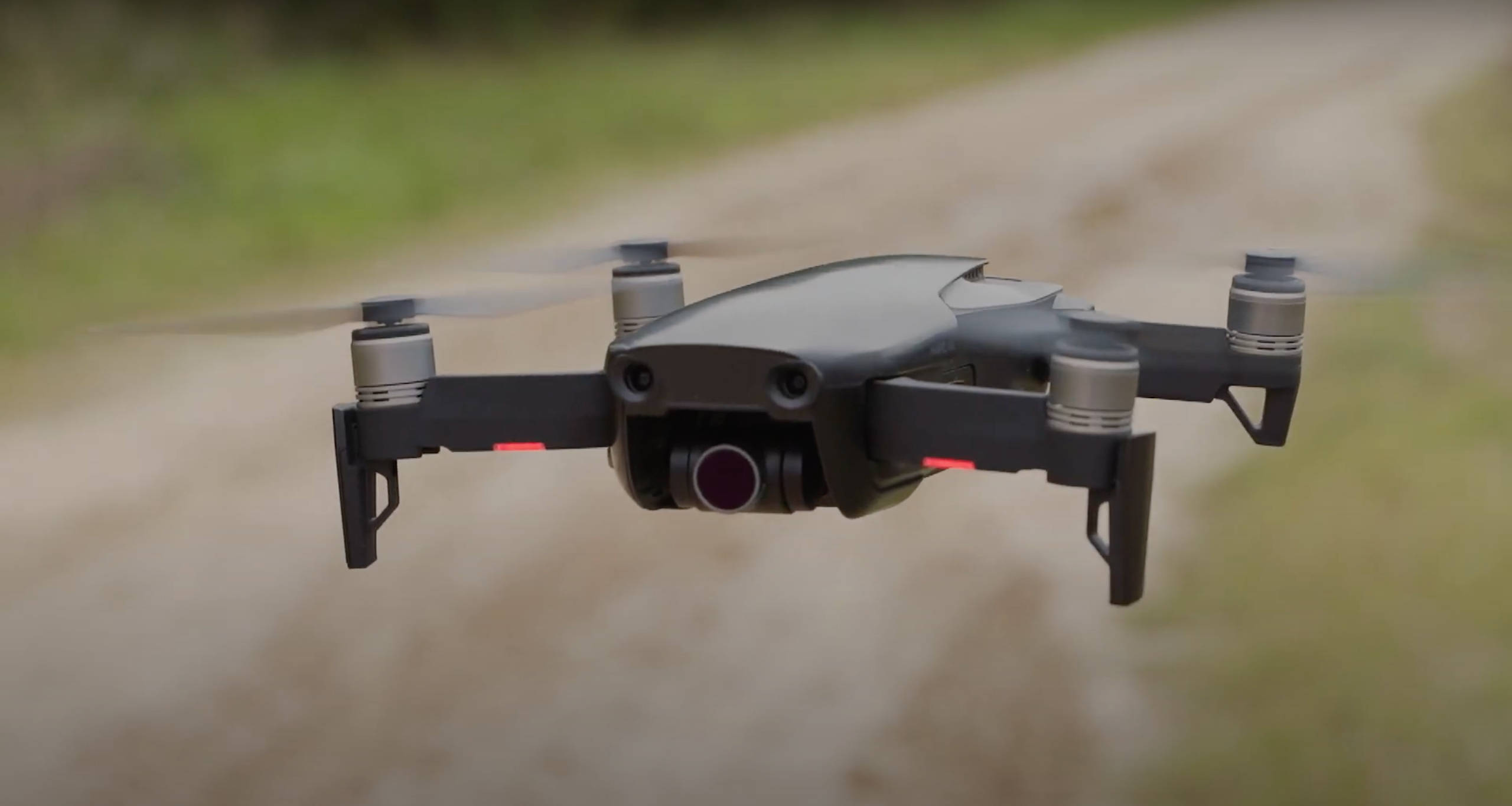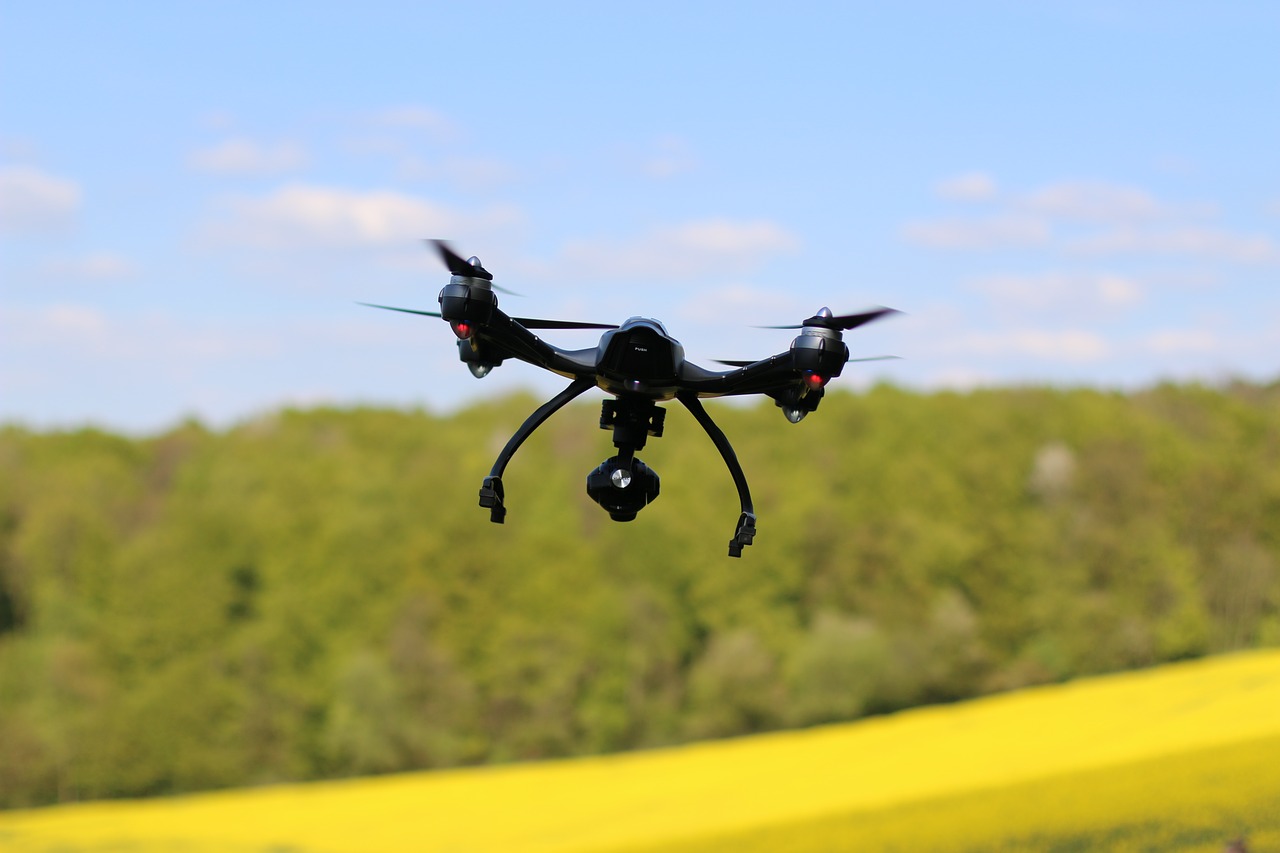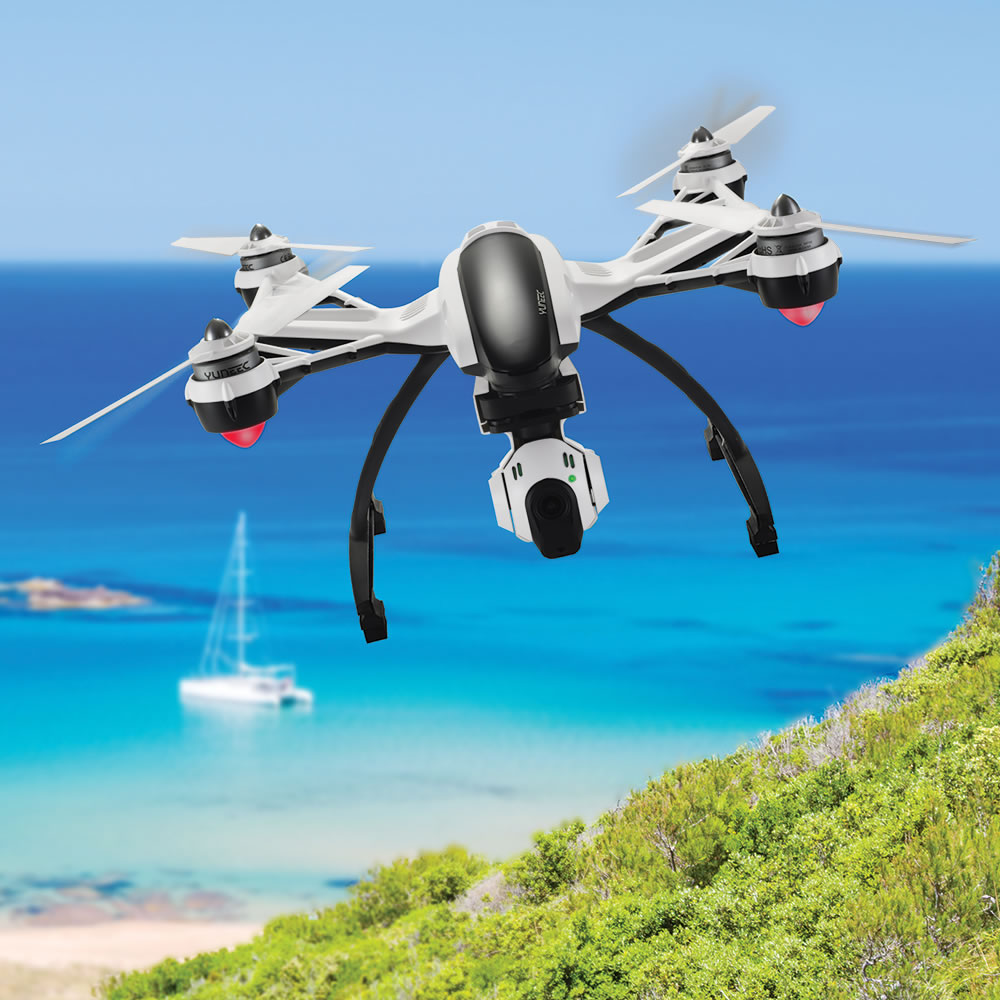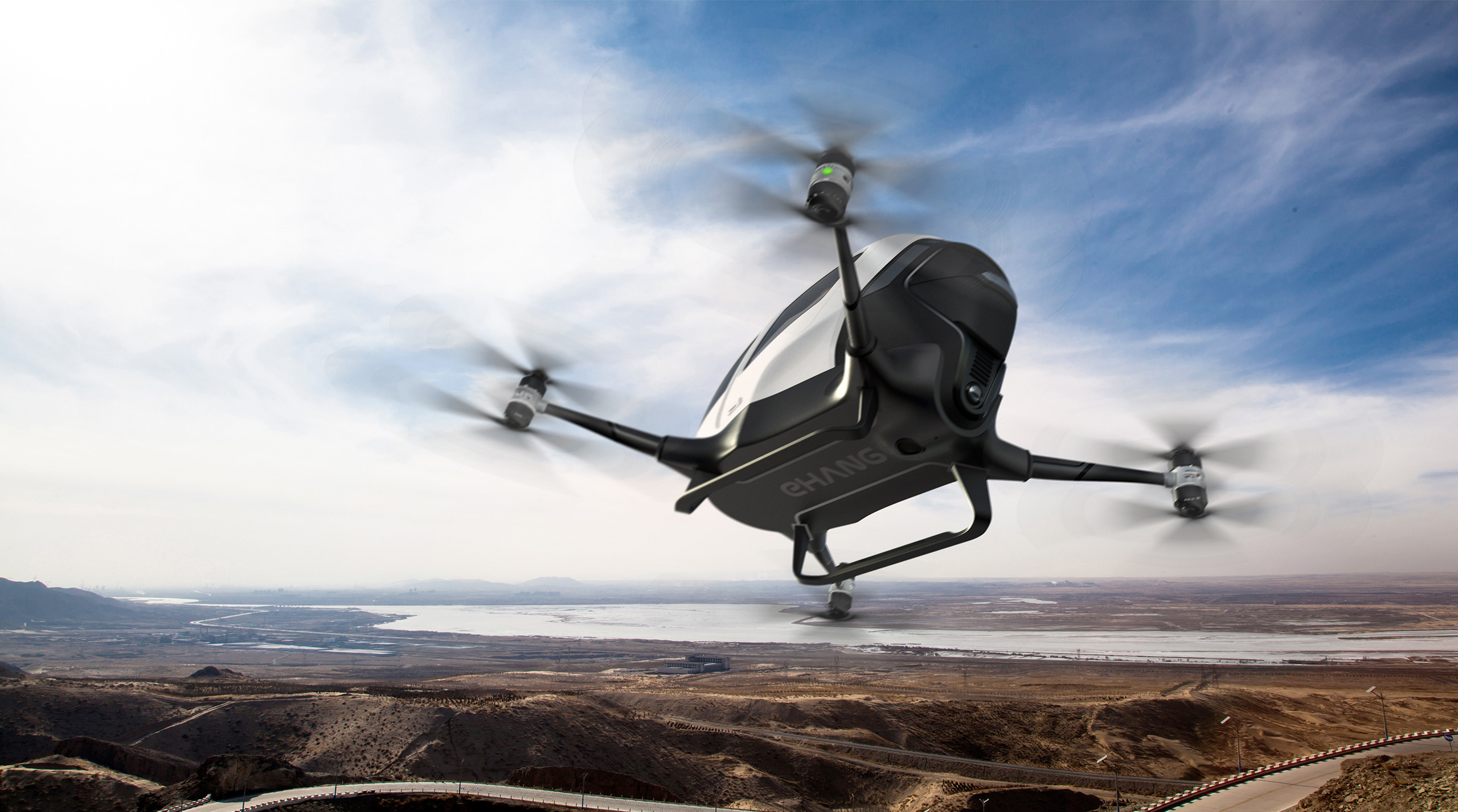
Otherwise known as drone taxis; flying taxis; or pilotless helicopters, passenger drones may soon become a reality. It is an unmanned aerial vehicle (UAV) that carries passengers. UAVs, or drones, have become increasingly popular over the years and have been used by both hobbyists and the military. Most recently though, they have been developed for personal flight. Chinese entrepreneurs unveiled the first passenger drone – the EHang 184 – back in 2016, and since then companies and individual developers have not looked back.
EHang Developments
Since 2016, EHang has been improving the EHang 184 and running test flights. In 2017, the company was granted AS9100C certification, which “…is a widely adopted standardized aerospace industry quality management system” (technewsworld). Just last month, footage of the latest test flight was released showing the EHang 184 consisting of eight propellers on four arms.
According to the company, it can transport a single person at speeds up to 130kph in Force 7 typhoon conditions. Among other things, the 184 boasts multiple backups to take over in the event of failure, multiple sets of sensors to provide real time data, a fold-able design, air conditioning, and LTE network. EHang also says it is working to add in manual controls, so that if passengers have piloting experience, they have a choice to take over the controls.
More Work to Do
However, the EHang 184 is still a work in progress, and it is a slow process to make sure everything is completely safe for passengers before it is released to the public. One issue many companies developing passenger drones has, is with battery technology. Battery-powered flight is completely new and poses a risk of both failure and the effects of a very hot or burning vehicle crashing from the sky. The other issue that needs to be addressed is the propellers. The four spinning propellers at waist height will not be approved by aviation authority, so EHang will have to work on a new type of design.
Boeing Entering the Race
Looking to compete with EHang and build its own passenger drone is industrial company giant Boeing. CEO Dennis Muilenburg says he thinks passenger drones will shape a new transportation ecosystem and will be a regular thing in society within a decade, and real prototypes are already being built. Last year, Boeing bought Aurora Flight Sciences, which showed its interest in pilot-less passenger drones; Aurora’s main project was a new flying taxi being developed with Uber Technologies. Now that Boeing has taken over, the company is seeing a lot of benefits from the acquisition, and they are putting more focus on passenger drones.
Addressing Regulations and Safety
One of the main problems that every company creating a passenger drone is facing is the lack of air-traffic management network, as nothing like this has been done before and therefore there is nothing certified. Safety and insurance is a huge concern due to the fact that there will be people’s lives at stake. But, Muilenburg is confident that the FAA will get these issues sorted out in no time. With Boeing and so many other corporations on board, it is hard to argue with his estimate of seeing autonomous passenger drones in the air in the next ten years.
Porsche Doesn’t Want to Miss Out
According to Automobilwoche, Porsche is now developing passenger drones too. Although the company may not be as far along as EHang or Boeing – they are only rumored to be showing off their first design sketch soon – this is an indication that passenger drones will soon be a reality. For Porche’s design, you would apparently have some control over the drone, but would not need a pilot’s license.
Like most other passenger drones being built, the idea is to make it mainly autonomous. Because Porsche is a huge proponent of “taking the wheel”, this seems odd for the company. But, the reasoning behind it, is because so many other companies are entering the race, so Porsche is probably feeling pressure to join. If they don’t, they may miss out when the shift actually happens, and it looks like it may happen soon.
A Reality in the Near Future
Although flying cars have been in the back of our minds for years, it now seems to be a reality as companies get closer and closer to the real thing. EHang is probably the closest since it has a working prototype. Boeing and other companies are not far behind, and they are working quickly to keep up and compete.
Although Porsche is only beginning work on passenger drones and may not be as excited about it as other companies, their presence shows that this is not just something we see in sci-fi videos anymore. Many are even excited about the prospect of a faster, more efficient way to get around. Imagine a life without traffic jams. Of course, there are many things to work out still, such as air-traffic control and safety concerns, but we are closer than ever before, and work will continue.

